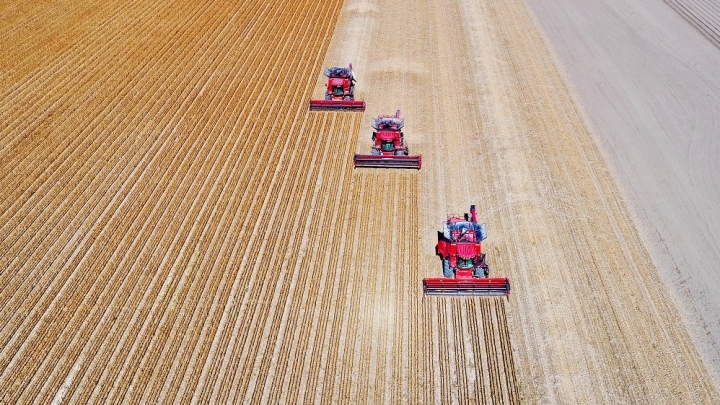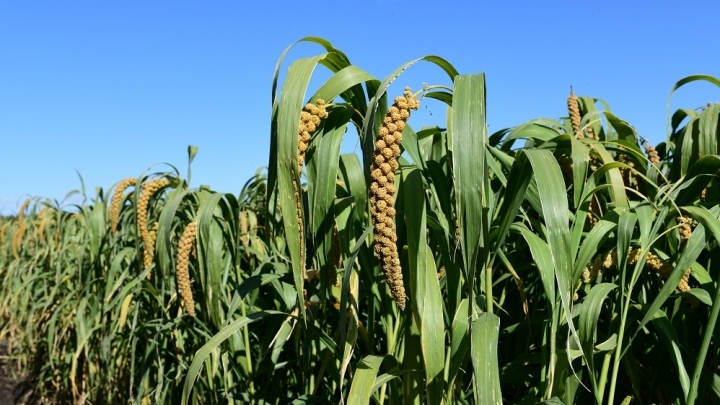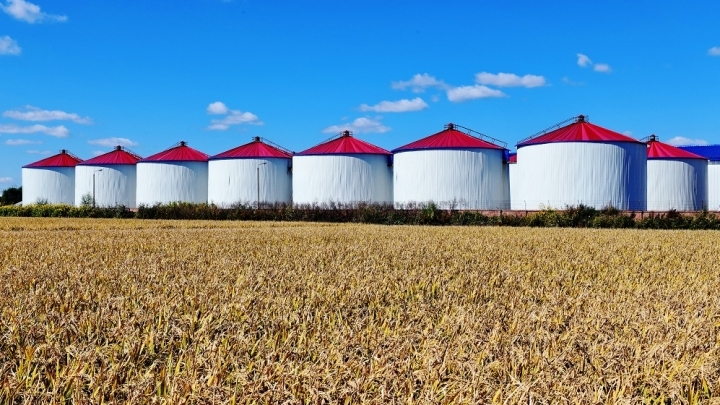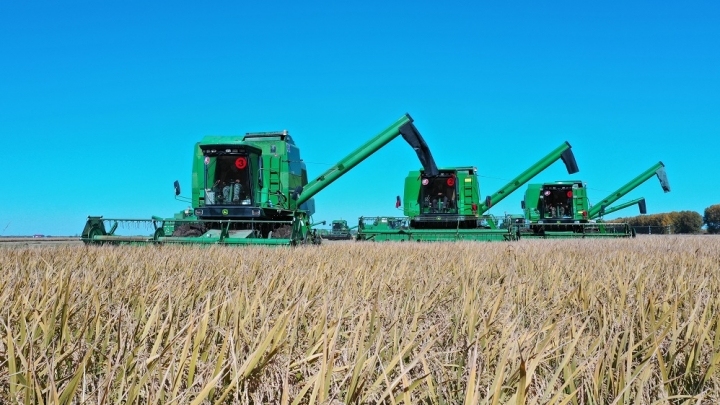China makes great achievements in ensuring food security: white paper
By feeding its nearly 1.4 billion population properly, China has remarkably improved the people's nutrition and life quality, and its food security is a success of worldwide significance, according to a white paper on food security released on Monday.
![A harvester reap rice in a paddy field in Donghai county of Lianyungang city, east China's Jiangsu province, October 31, 2018. [File Photo: IC]](https://p1crires.cri.cn/01dcri/images/zhycms_chinaplus/20191014/c4785f40-e345-4c4b-a823-884f9fd7d879.jpg?x-oss-process=image/resize,w_650)
A harvester reap rice in a paddy field in Donghai county of Lianyungang city, east China's Jiangsu province, October 31, 2018. [File Photo: IC]
The white paper, issued by the State Council Information Office, said that with one fifth of the world population, China accounts for a quarter of total global food production.
China is self-reliant in securing its own food supply and its people now have not only enough to eat, but also a greater range of choices, said the white paper.
Currently China's per capita food output is around 470 kg, growing by 14 percent from 414 kg since 1996 when China published its first white paper on food--The Grain Issue in China, and by 126 percent from 209 kg in 1949, when the People's Republic of China was founded.
China's total food output surpassed 550 million tons in 2010 and was near 660 million tons in 2018, up 116 percent over 1978 (300 million tons), the year of the launch of China's reform and opening up, and by nearly 600 percent over 1949 (110 million tons).
China ensures absolute security of staple grains. In recent years, with rice and wheat output meeting domestic needs, China is fully self-sufficient in food supply, and the main driver of food imports and exports is to satisfy the need for variety, the white paper said.
Grain reserves and emergency response systems are improving. The government has sufficient and quality food reserves, with secured storage. Emergency food reserves for 10-15 days are available in large and medium-sized cities and areas prone to price fluctuation.
The Chinese have more choices in what they eat and have a healthier diet, according to the white paper.
Chinese citizens have an adequate supply of dietary energy, with sufficient intake of the three major nutrients - proteins, fat and carbohydrates. The proportion of carbohydrate intake has fallen, and those of fat and quality protein intake have risen.
Poor people in China no longer need to worry about food. As of the end of 2018 there remained 16.6 million people living in poverty in China, representing a reduction of 82.39 million compared to 2012, said the white paper.




